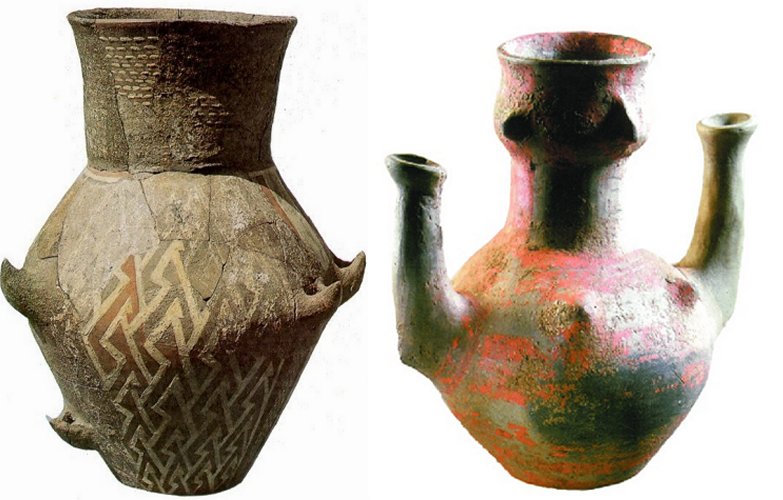Lengyel Culture Of Neolithic Europe Was Amazingly Sophisticated
A. Sutherland - AncientPages.com - The Lengyel culture that developed in southern Europe was initially linked to the site of Lengyel in Tolna county, in the southwestern part of Hungary.
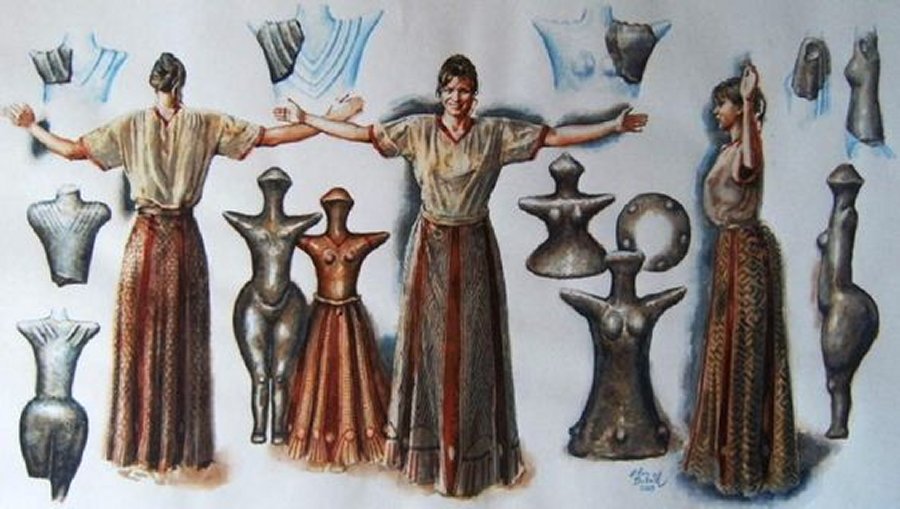 Lengyel culture traditions. source
Lengyel culture traditions. source
The Lengyel culture dates to ca. 5000 - 3400 BC, was the eastern successor to the Linear Ware culture. The settlements belonging to them were found in present-day Moravia (Czech Republic), Western Hungary, Western Slovakia, Southern Poland, and adjacent parts of Austria, Slovenia, and Croatia.
Small And Long Houses
People lived in open villages protected by ditches, and their houses were long rectangular or trapezoidal) multi-room buildings carved from clay, later also small rectangular or square pillar houses.
The society was engaged in agriculture, raising of animals like pigs, sheep and goats, hunting and fishing, cultivation of wheat, barley, and leguminous plants like lentils, peas.
Settlements of the Lengyel culture were large, widespread, and built on the river terrace, surrounded by V-shaped ditches and fences of buildings.
 Lengyel culture - A small dwelling model. Source
Lengyel culture - A small dwelling model. Source
For their protection, the people constructed defensive fortifications (often only on one side of the settlement).
'Roundels' And Ritual Activities
Early Lengyel culture was associated with circular earthworks of late Neolithic Europe known as (the 'roundels' or 'rondels'), where the ritual activities took place according to ancient traditions of these people.
The roundels (from 35 to 150 m in diameter) were considered their temples.
However, excavations carried out at many different sites of the Lengyel culture exposed the large enclosures that probably served only for ceremonial purposes because they lacked burials and pottery remains.
Not long ago, more than 130 roundels have been located in Europe, a third of them in Austria. The rest are in today's Hungary, Slovakia, Poland, the Czech Republic, and Germany. Currently, there are now ten known roundels, which are considered the oldest examples of monumental architecture in Europe.
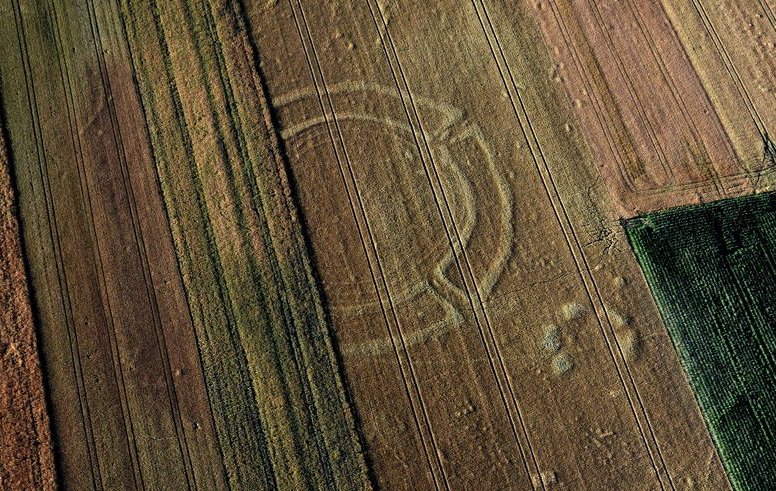 Aerial image of another Neolithic rondel enclosure located at Drzemlikowice, SW Poland. source
Aerial image of another Neolithic rondel enclosure located at Drzemlikowice, SW Poland. source
"A ditch that had four gates oriented in the cardinal directions formed the outer boundary of the monument; the enclosed area measured 145 by 125 meters. A roundel in the center of the ditch measured about 50 meters in diameter. It consisted of several poles set inside another ditch, and each of them opened to the four directions.
Excavations revealed an abundance of ritual evidence. They uncovered 314 early Lengyel-style figurines, inside the central roundel and the rest either outside of it or in the outer ditch. 1
The findings also included a sculpture of a goddess about forty centimeters tall, and ceramic vases painted in red, yellow, and white colors, and a human skull.
Another pit, on the other hand, contained a skeleton of a young woman buried in a contracted position. Her skull had been removed and buried under the wall of a grain pit. The Lengyel religious traditions are not precisely known; therefore, it is hard to say if the woman was buried in honor after natural death or ritually sacrificed during harvest rites.
Left: Lengyel culture pottery. source; Right: Anthropomorphic vessel from Svodín, dated to the Lengyel culture (after Nemejcová-Pavúková 1998, 65). source
The Lengyel pottery - found in a great variety of forms - includes bowls, small amphorae, zoomorphic and anthropomorphic vessels, pedestalled bowls, and ceramic figurines.
Early ceramics bear signs of painting with white, red, and yellow paints; otherwise, pottery was decorated with paintings or carved ornaments.
Body Parts Were Sometimes Separated
The deceased were buried in various ways. In the early period, the dead were not buried in the cemetery; this tradition appeared later. Sometimes their body parts (arms, legs, head) were separated and placed next to them, along with a boar or pig's lower jaw or fangs.
Triangular and trapezoidal burial mounds were found in southern Poland.
According to the Lengyel burial tradition, the group graves were located in large cemeteries or within settlements. Their equipment included vessels, stone tools, decorations, products made of bone, horn (horn axes), jewelry (bone beads, and beautiful geometrically decorated bone bracelets) and copper.
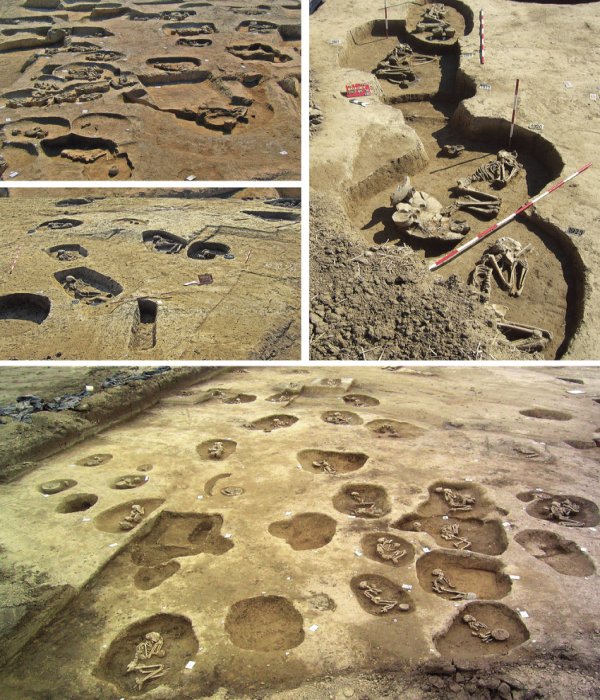 Lengyel culture grave groups. The Neolithic settlement of Alsónyék reached its greatest extent during the Late Neolithic Lengyel period. Nearly 9000 features, including postholes associated with 123 houses, pits and pit complexes, and ca. 2300 burials, could be assigned to it. The traces of Lengyel settlement and burials were found over the entire excavated area. Image credit: Alex Bayliss/ResearchGate
Lengyel culture grave groups. The Neolithic settlement of Alsónyék reached its greatest extent during the Late Neolithic Lengyel period. Nearly 9000 features, including postholes associated with 123 houses, pits and pit complexes, and ca. 2300 burials, could be assigned to it. The traces of Lengyel settlement and burials were found over the entire excavated area. Image credit: Alex Bayliss/ResearchGate
"Men were buried with tools and other artifacts suggesting trades and mining, like stone axes and hammer-axes made from antler and with nodules of flint and obsidian. The latter were mined in the nearby Carpathian Mountains.
Artifacts found with women also show their occupations. Some women's graves contained stone tools for hand-grinding and baking.
See also:
Lemko People – European Minority That Lost Their Homeland And Still Live In Exile
Who Were The Goths And Where Did They Come From?
"Tool kits for decorating pottery were found in several graves. But the types of artifacts found in male graves versus female graves are not subject to a strict division of labor." 1
In some cemeteries, archaeologists found quern stones, axes, chisels, or copper and shell jewelry in both male and female graves.
Women played an important role at home and in the religious traditions of the society. Many luxurious grave goods were unearthed in women's and young girl's tombs.
The Lengyel culture was not a complex society. Yet, they possessed an understanding of geometry, which can be seen in the culture's pottery remains, geometrically decorated bracelets, and the way they built their roundels and ditches as well.
Written by – A. Sutherland - AncientPages.com Senior Staff Writer
Copyright © AncientPages.com All rights reserved. This material may not be published, broadcast, rewritten or redistributed in whole or part without the express written permission of AncientPages.com
Expand for referencesJ. P. Mallory, Douglas Q. Adams, Encyclopedia of Indo-European Culture
- Marija Gimbutas. The Living Goddesses
More From Ancient Pages
-
 Basajaun: Giant Blacksmith, ‘Lord Of The Woods’ And How People Learned Secrets Of Agriculture
Featured Stories | Aug 27, 2020
Basajaun: Giant Blacksmith, ‘Lord Of The Woods’ And How People Learned Secrets Of Agriculture
Featured Stories | Aug 27, 2020 -
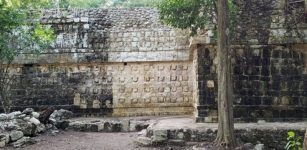 Large Palace Discovered At Mayan City Of Kulubá In Yucatan, Mexico
Archaeology | Dec 27, 2019
Large Palace Discovered At Mayan City Of Kulubá In Yucatan, Mexico
Archaeology | Dec 27, 2019 -
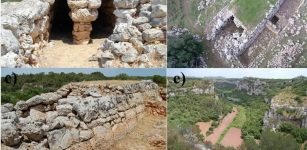 Eating And Social Habits Of People In The Balearic Islands 3,000 Years Ago – Reconstructed
Archaeology | Jan 18, 2023
Eating And Social Habits Of People In The Balearic Islands 3,000 Years Ago – Reconstructed
Archaeology | Jan 18, 2023 -
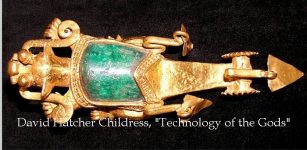 Prehistoric Heavy Machinery Of The Ancient Times Or A Piece Of Jewelry?
Ancient Technology | Sep 12, 2018
Prehistoric Heavy Machinery Of The Ancient Times Or A Piece Of Jewelry?
Ancient Technology | Sep 12, 2018 -
 Thousands Of Sacred ‘Images’ With Unknown Signs Hidden In A Monastery Could Be World’s Oldest Alphabet
Featured Stories | Jun 9, 2021
Thousands Of Sacred ‘Images’ With Unknown Signs Hidden In A Monastery Could Be World’s Oldest Alphabet
Featured Stories | Jun 9, 2021 -
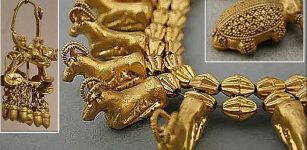 Gold Treasures From The Land Of Ancient Colchian Culture In Georgia
Featured Stories | Dec 19, 2023
Gold Treasures From The Land Of Ancient Colchian Culture In Georgia
Featured Stories | Dec 19, 2023 -
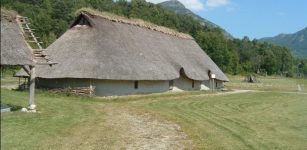 How Early Farmers In Scandinavia Overcame Climate Change
Archaeology | Dec 19, 2023
How Early Farmers In Scandinavia Overcame Climate Change
Archaeology | Dec 19, 2023 -
 Mystery Of Count St. Germain – He Claimed To Have Lived For Several Centuries
Featured Stories | Sep 4, 2014
Mystery Of Count St. Germain – He Claimed To Have Lived For Several Centuries
Featured Stories | Sep 4, 2014 -
 Chaneques: Mischievous Legendary Tricksters In Mexican Folklore
Featured Stories | Apr 14, 2020
Chaneques: Mischievous Legendary Tricksters In Mexican Folklore
Featured Stories | Apr 14, 2020 -
 Idol Of Pachacamac Inca God Reveals Its Colors
Archaeology | Jan 21, 2020
Idol Of Pachacamac Inca God Reveals Its Colors
Archaeology | Jan 21, 2020 -
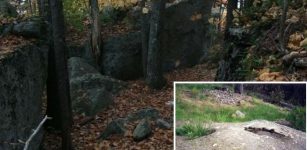 Mysterious Devil’s Footprints In Maine – An Ancient Mystery That Will Never Be Solved
Featured Stories | Jul 9, 2017
Mysterious Devil’s Footprints In Maine – An Ancient Mystery That Will Never Be Solved
Featured Stories | Jul 9, 2017 -
 On This Day In History: Hubble Space Telescope Was Launched – On April 24, 1990
News | Apr 24, 2016
On This Day In History: Hubble Space Telescope Was Launched – On April 24, 1990
News | Apr 24, 2016 -
 Goddess Huitaca – Moon Goddess Of Intoxication, Joyful Life And Unlimited Pleasures In Muisca Mythology
Featured Stories | Mar 14, 2021
Goddess Huitaca – Moon Goddess Of Intoxication, Joyful Life And Unlimited Pleasures In Muisca Mythology
Featured Stories | Mar 14, 2021 -
 Mesolithic Stone Mace Head Found Near Buckingham, UK
Archaeology | Apr 7, 2023
Mesolithic Stone Mace Head Found Near Buckingham, UK
Archaeology | Apr 7, 2023 -
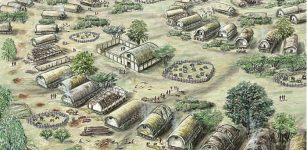 6,000 Years Ago, Europe’s Oldest Cities Relied On Fertilizer And Plant Protein, Isotope – Analysis Shows
Archaeology | Dec 19, 2023
6,000 Years Ago, Europe’s Oldest Cities Relied On Fertilizer And Plant Protein, Isotope – Analysis Shows
Archaeology | Dec 19, 2023 -
 Mysterious And Sacred Intihuatana Stone Of The Inca Was More Than Just An Astronomy Calendar
Archaeoastronomy | May 8, 2018
Mysterious And Sacred Intihuatana Stone Of The Inca Was More Than Just An Astronomy Calendar
Archaeoastronomy | May 8, 2018 -
 Cajamarca, Peru: Three Archaeological Sites – Identified
Archaeology | Aug 24, 2015
Cajamarca, Peru: Three Archaeological Sites – Identified
Archaeology | Aug 24, 2015 -
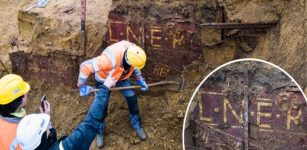 Mysterious Railway Car Discovered Under An Old Fortress In Antwerp, Belgium
Archaeology | Apr 12, 2024
Mysterious Railway Car Discovered Under An Old Fortress In Antwerp, Belgium
Archaeology | Apr 12, 2024 -
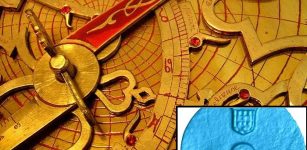 World’s Oldest Marine Navigation Tool Was A Sophisticated Astrolabe
Archaeology | Oct 25, 2017
World’s Oldest Marine Navigation Tool Was A Sophisticated Astrolabe
Archaeology | Oct 25, 2017 -
 Voice Belonging To 3,000-Year-Old Egyptian Mummified Priest – Recreated
Archaeology | Jan 28, 2020
Voice Belonging To 3,000-Year-Old Egyptian Mummified Priest – Recreated
Archaeology | Jan 28, 2020

